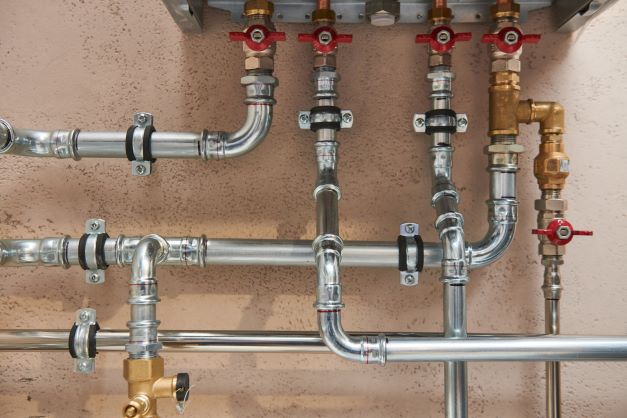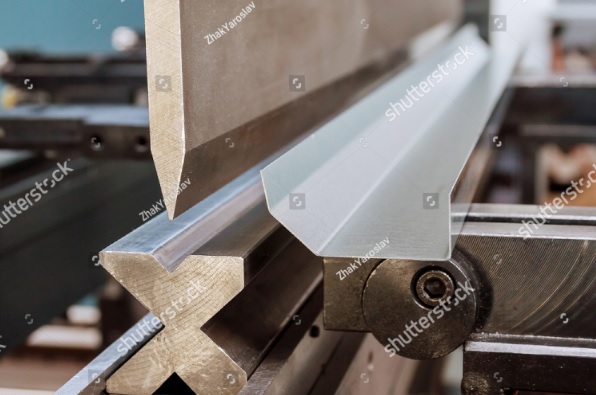Surfactant-based rust inhibitors (corrosion inhibitors)"SANHIBITOR"
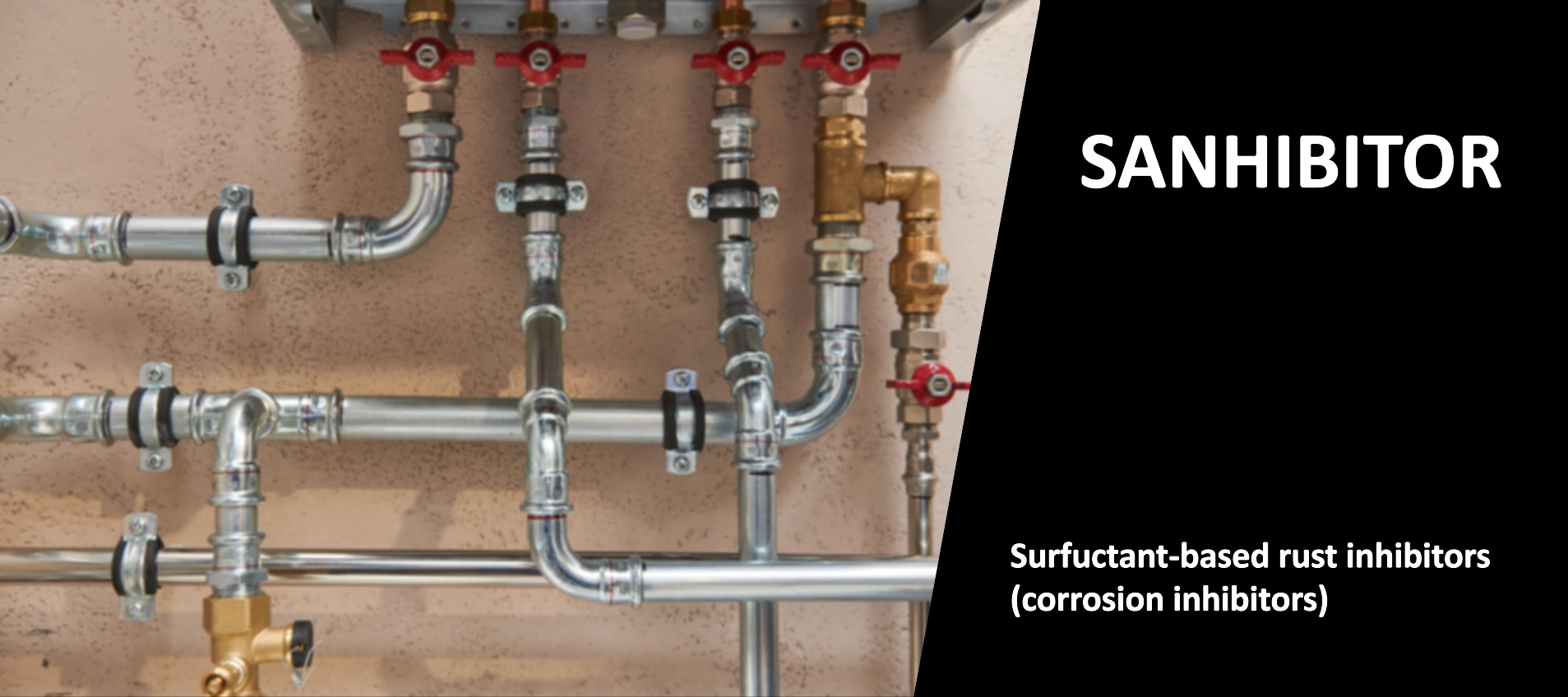
Wide lineup of both water-soluble and oil-soluble rust inhibitors
What's great about Sanyo Chemical's surfactant-type rust inhibitor (corrosion inhibitor) "SANHIBITOR"
1
Good adsorption on metal surfaces and exhibits good corrosion resistance
The SANHIBITOR products are surfactant-type rust inhibitors. Surfactant type rust inhibitors (corrosion inhibitors) have hydrophobic (lipophilic) and polar groups in their molecules. The polar groups adsorb to the metal substrate to form a film, while the hydrophobic groups block water and oxygen, thus providing good rust inhibiting effects.
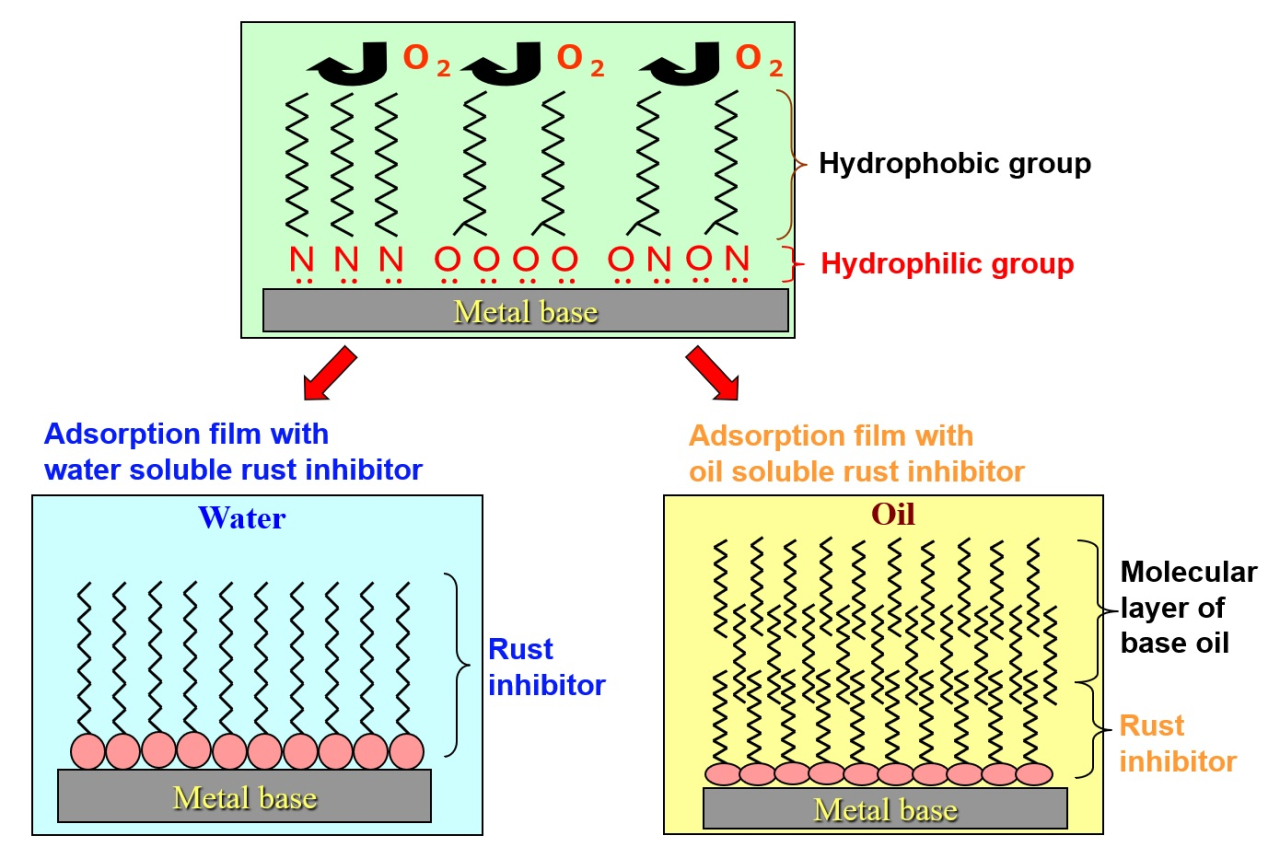
2
Wide lineup of both water-soluble and oil-soluble rust inhibitors
We have a lineup of both water-soluble and oil-soluble rust inhibitors. In addition to rust inhibitors, we also have a lineup of products with features such as corrosion resistance, salt water resistance, anti-emulsification, low foaming, etc., which can be selected according to the application and materials to which they are applied.
Classification and applications of rust inhibitors (corrosion inhibitors)
Classification and features of various rust inhibitors (corrosion inhibitors)
Rust inhibitors can be classified into water-soluble, oil-soluble, and vaporizable types. Water-soluble and oil-soluble rust inhibitors can be applied as is as rust inhibiting oil or added to solutions.
Water-soluble rust inhibitors are either inorganic or organic, and are classified into three types based on the mechanism of rust inhibiting film formation: oxide film type, precipitation film type, and adsorption film type. Organic rust inhibitors are mainly surfactants that form adsorption films and are used as primary rust inhibitors for metal parts and as rust inhibitor additives for cooling water and water-soluble metalworking oils.
We have a lineup of rust inhibitors of the adsorption film type (surfactant type) shown in the table below.
| Classification | Anticorrosive coating | Typical rust inhibitors | Features of Anti-corrosion coating |
|---|---|---|---|
| Water soluble corrosion inhibitor | Oxide coating type |
|
|
| Precipitation coating type (Ion in water type) |
|
|
|
| Precipitation coating type (Metal ion type) |
|
|
|
| Adsorption coating type (surfactant type) |
|
|
|
| Oil soluble rust inhibitor (adsorption coating type) |
|
|
|
| Evaporative rust inhibitor |
|
|
|
Applications of water-soluble rust inhibitors and examples of "SANHIBITOR" use
Water-soluble rust inhibitors (corrosion inhibitors) are coated on metalic parts as water solution or added to cooling water or metalworking fruids.
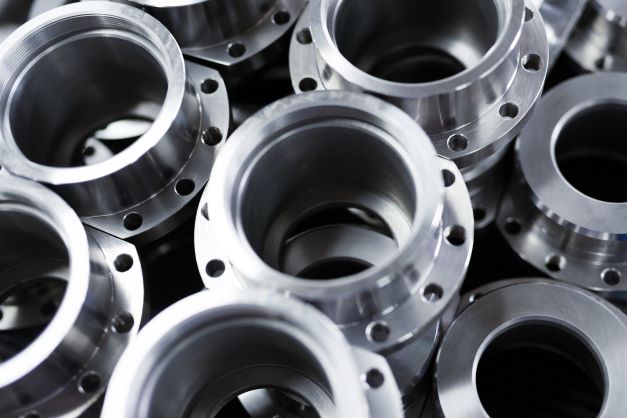
Rust prevention for ferrous metal parts
Soak in one of the following rust inhibitor water solution baths for 20 to 120 seconds, then blow dry.
•SANHIBITOR No.50: 0.50-1.0 mass% (bath temperature 20-80°C)
•SANHIBITOR OMA-10: 0.25-3.0 mass% (bath temperature 20-80°C)
•SANHIBITOR No.2-1: 0.20-0.50 mass% (bath temperature 20-60°C)
Rust prevention for metals in contact with water, such as cooling water piping
Add one of the following rust inhibitors to water.
•SANHIBITOR No. 50: 0.5% by mass
•SANHIBITOR OMA-10: 0.3% by mass
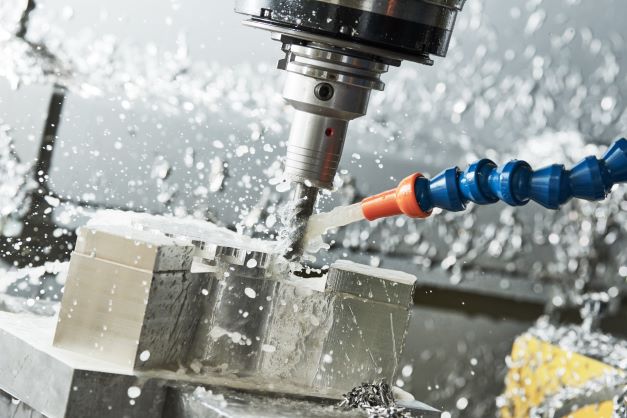
Preparation of water-soluble metalworking fluids (cutting oil, rolling oil, forging oil, etc.)
One of the following rust inhibitors should be included in the preparation of metalworking fluids.
•SANHIBITOR No. 50: 5-10% by mass
•SANHIBITOR OMA-10: 2 to 5% by mass
•SANHIBITOR No. 2-1: 1 to 5% by mass
Applications of oil-soluble rust inhibitors and examples of " SANHIBITOR " use
Oil-soluble rust inhibitors are added to lubricating oil (engine oil, turbine oil, sliding surface oil, hydraulic oil, gear oil, etc.), fuel oil (gasoline, light oil, etc.) and metal working oil (cutting oil, drawing oil, rolling oil, press oil, etc.) to prevent rust on metal parts.

Rust prevention for ferrous metal parts
Soak in one of the following rust inhibitor mineral oil solution baths for 30 to 120 seconds, then drain off the solution.
•SANHIBITOR 102: 1-5 mass% mineral oil solution (bath temperature 20-60°C)
•SANHIBITOR 150: 1-5 mass% mineral oil solution (bath temperature 20-80°C)
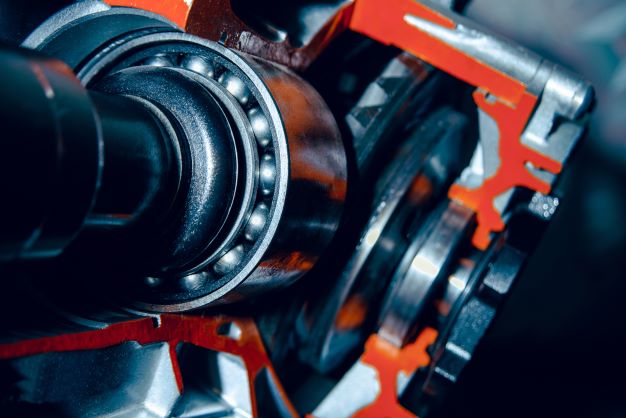
Preparation of lubricants (turbine oil, sliding surface oil, hydraulic oil, gear oil, etc.)
One of the following rust inhibitors should be added when preparing the lubricant.
•SANHIBITOR 102: 0.3 to 1.0 mass%
•SANHIBITOR 150: 0.2 to 1.0 mass%.
Preparation of metalworking oils (cutting oils, drawing oils, rolling oils, press oils, etc.)
The following rust inhibitors are blended in the preparation of metalworking oils.
•SANHIBITOR 102: 1 to 5 mass%
Properties of "SANHIBITOR"
Water soluble rust inhibitor lineup
| Product name | Main ingredient | Advantage | Applicable materials | Examples of uses |
|---|---|---|---|---|
| SANHIBITOR No.50 |
Non-ionic surfactant | •Excellent rot resistance (bacteriostasis). •Low foaming, ideal for water-based processing oils. |
Cast iron Steel |
Metalworking oil |
| SANHIBITOR OMA-10 |
Anionic surfactant | •Good corrosion resistance to cast iron, steel, and aluminum. •Excellent lubricity in aqueous solution. |
Cast iron Steel Aluminum |
Temporary rust prevention of metal products |
| SANHIBITOR No.2-1 |
Anionic surfactant | •Good corrosion resistance in air and non-ferrous metals. •Neutral type with excellent oil solubility. |
Cast iron Aluminum Copper, brass Zinc |
Antifreeze |
| SANHIBITOR 906 | Anionic surfactant | •It has a wide range of compatibility and excellent resistance to salt water. | Cast iron Steel Copper |
Metalworking oil |
| SANHIBITOR 5005 | Anionic surfactant | •Non-foaming, suitable for spray processing. | Cast iron Steel |
Cleaning liquid (Spray type) |
| SANHIBITOR 5006 | Anionic surfactant | •Neutral type with excellent low foaming properties. •Low toxicity, hypoallergenic. |
Cast iron Steel Copper Aluminum |
Metalworking fluids Antifreeze |
Oil soluble rust inhibitor lineup
| Product name | Main ingredient | Advantage | Applicable materials | Examples of uses |
|---|---|---|---|---|
| SANHIBITOR No.2-1 |
Anionic surfactant | •Good corrosion resistance in air and non-ferrous metals. •Neutral type with excellent oil solubility. |
•Cast iron •Aluminum •Copper, brass •Zinc |
•Antifreeze |
| SANHIBITOR 102 |
Anionic surfactant | •Mineral oil dilution base for metalworking applications. | •Cast iron •Steel •Aluminum |
•Metalworking oil •Hydraulic fluids |
| SANHIBITOR 150 |
Anionic surfactant | •Mineral oil dilution base with good anti-emulsification properties. | •Cast iron •Steel •Aluminum |
•Lubricants •Fuel oil |
| Ionet S-80S Ionet S-85 |
Sorbitan ester | •Good corrosion resistance in air. •Excellent as a W/O emulsifier. |
•Cast iron •Steel •Aluminum |
•Metalworking oil •Anti-rust oil |
| DSA PDSA-DA |
Alkenyl succinic anhydride | •Non-foaming, suitable for spray processing. | •Cast iron •Steel •Aluminum |
•Metalworking oil •Lubricating oil •Hydraulic oil •Fuel oils •Rust-preventive oil |
Physical property data of main lineup
| Product name | Appearance (20°C) |
pH (1wt% aqueous solution) |
Acid value | Specific gravity (15°C/4°C) |
Kinematic viscosity ㎜2 /s (40°C) |
Solubility |
|---|---|---|---|---|---|---|
| SANHIBITOR No.50 |
Colorless liquid | 11.0 | ー | 1.036 | 144 | •Dissolves transparently in water |
| SANHIBITOR OMA-10 |
Blackish brown liquid | 9.0 | ー | 1.088 | 278 | •Slightly turbid and soluble in water |
| SANHIBITOR No.2-1 |
Brown paste | 7.0 | ー | ー | ー | •Cloudy white dispersion in water •Clearly dissolved in oil |
| SANHIBITOR 102 |
Pale yellow liquid | ー | 195 | 0.930 | 1.467 | •Transparently dissolves in oil |
| SANHIBITOR 150 |
Light brown liquid | ー | 159 | 0.965 | 1.250 | •Transparently dissolves in oil |
Performance data of "SANHIBITOR"
Performance data of the water-soluble " SANHIBITOR " products
Rust-preventive performance against steel
The water-soluble " SANHIBITOR" products exhibit excellent rust-preventive performance against steel, as shown in the table below.
| Rust inhibitor | Rust-preventive performance against steel | ||
|---|---|---|---|
| Product name | Concentration used Mass percent | Test specimens are immersed in the sample 20°C, soaked for 30 days | After immersing the specimen in the sample and placed at 40°C, 80%R.H. for 20 days. |
| SANHIBITOR No.50 | 0.2 | Class A | Class A - B |
| 0.5 | ー | Class A - B | |
| SANHIBITOR OMA-10 | 0.2 | Class A | Class A |
| 0.5 | ー | Class A | |
| SANHIBITOR No.2-1 | 0.2 | Class A | Class A |
| 0.5 | ー | Class A | |
| Tap water | Class E | Class E | |
Test Method
Sample
Tap water (Kyoto City) to which the rust inhibitor was added at the concentrations listed in the table above was used as the sample.
Method of Measuring Rust Prevention Performance on Iron
The test specimens were treated by the following methods (1) and (2), and then judged according to the following criteria in accordance with JIS K 2246, 5.4 "Method of Measuring the Degree of Rust Occurrence".
(1) Soak the specimen at room temperature for 30 days
(2) Soak the specimen for 1 minute, then remove the specimen and place it in a constant temperature and humidity chamber (40°C, 80%R.H.) for 20 days.
<Test specimen >
A test piece (SPCC-SB specified in JIS G 3141, dimensions: 1.3 x 80 x 60 mm) specified in JIS K 2246 "Rust-preventive oil" was used after polishing and cleaning.
<Rust Prevention Performance Criteria >
Class A - 0% rust generation
Class B: Rust generation 1 to 10%.
Class C - Rust 11 to 25%.
Class D - Rusting 26-50%.
Class E - Rust 51 to 100%.
Rust-preventive performance for nonferrous metals
As shown in the table below, the water-soluble SANHIBITOR series exhibits excellent rust-preventive performance on nonferrous metals such as copper, brass, aluminum, and solder.
| Rust inhibitor | Surface change and mass change of each nonferrous metal mg/cm2 | ||||
|---|---|---|---|---|---|
| Product name | Concentration used Mass% | Copper | Brass | Aluminum (Al) | Solder |
| SANHIBITOR No.50 | 0.2 | No change -0.063 | No change +0.001 | Black discoloration -0.069 | No change -0.034 |
| SANHIBITOR OMA-10 | 0.2 | No change +0.005 | No change -0.009 | No change ‐0.003 | Slight discoloration -0.035 |
| SANHIBITOR No.2-1 | 0.2 | No change +0.003 | No change -0.005 | No change ‐0.002 | No change -0.028 |
| Tap water | Slight discoloration 0 | Slight black discoloration -0.206 | Slight discoloration 0 | No change -0.086 | |
Test Method
Sample
Tap water (Kyoto City) to which the rust inhibitor was added at the concentrations listed in the table above was used as the sample.
Method of measuring anti-corrosion performance on nonferrous metals
The test specimen was immersed in the sample at 20°C for 10 days, removed, wiped dry, and observed. Then, according to JIS K 2234 "Corrosive property test of antifreeze solution for metals," the test piece was cleaned and its mass was measured, and the change in mass was calculated from the following formula.
<Test specimen >
The following test specimens (6.5 mm diameter hole) specified in JIS K 2234 "Antifreeze metal corrosion test" were used after polishing and cleaning.
Copper: C1100P specified in JIS H 3100 (dimensions: 1.6 x 50 x 25 mm)
Brass: C2680P specified in JIS H 3100 (dimensions: 1.6 x 50 x 25 mm)
Aluminum: AC2A-F specified in JIS H 5202 (Dimensions: 3.0 x 50 x 25 mm)
Solder: H30A specified in JIS Z 3282 (Dimensions: 3.0 x 50 x 25 mm)
<Calculation formula for mass change >
Mass change mg/cm2 = (mass of specimen before test - mass of specimen after test) / total surface area of specimen.
Performance of the oil-soluble " SANHIBITOR" products
Rust-preventive performance for nonferrous metals
The oil-soluble " SANHIBITOR " products shows excellent rust inhibiting performance against iron and copper, as shown in the table below.
| Rust inhibitor | Rust-preventive performance against steel | Anti-rust performance for copper | |
|---|---|---|---|
| Product name | Concentration used mass% | Test specimens were immersed in the sample and placed at 50°C, 95%R.H. for 5 days. | Copper Plate Corrosion Test (JIS K2513) |
| SANHIBITOR 102 | 1.0 | Class A | 1 |
| 3.0 | Class A | ー | |
| SANHIBITOR 150 | 1.0 | Class A | 1 |
| 3.0 | Class A | ー | |
| Spindle oil | Class E | 1 | |
Test Method
Sample
A sample of JIS No. 1 spindle oil to which the rust inhibitor was added at the concentrations listed in the table above was used.
Method of Measuring Rust Prevention Performance on Iron
The test piece was immersed in the sample for 1 minute, removed, and placed in a constant temperature and humidity chamber (50°C, 95%R.H.) for 5 days, and then judged according to JIS K 2246, 5.4 "Rust generation measurement method" using the following criteria.
<Test specimen >
A test piece (SPCC-SB specified in JIS G 3141, dimensions: 1.3 x 80 x 60 mm) specified in JIS K 2246 "Rust-preventive oil" was polished and cleaned.
<Criteria for judging anti-corrosion performance>
Same as above table.
---------------------------------------------------------------------
Measuring Methods for Anti-Corrosion Performance on Copper
Tested according to JIS K 2513 "Petroleum Products - Copper Plate Corrosion Test".
<Test specimen>
JIS H 3100 C1100P (dimensions: 1.5 x 75 x 12.5 mm)
<Oil Products - Copper Plate Corrosion Test Criteria>
1: Slightly discolored
2: Moderately discolored
3: Darkly discolored
4: Corrosion
Rust-preventive performance for nonferrous metals
As shown in the table below, the oil-soluble " SANHIBITOR " products exhibits excellent anti-corrosion performance against iron even in mineral oil mixed with seawater. It also has excellent anti-emulsification properties.
| Rust inhibitor | Lubricants-Rust-preventing performance JIS K 2510 (seawater) | Anti-emulsification JIS K 2520 | |
|---|---|---|---|
| Product name | Concentration used mass% | ||
| SANHIBITOR 102 | 0.06 | Rust-free | 40-40-0 (10) |
| SANHIBITOR 150 | 0.06 | Rust-free | 37-40-3 (10) |
| #90 turbine oil | Rust | 40-40-0 (10) | |
Test Method
Sample
A sample of #90 turbine oil with rust inhibitor added at the concentrations listed in the table above was used.
Lubricating oil - Rust-preventing performance measurement method
The rust-preventing performance of lubricating oil was measured according to JIS K 2510 "Lubricating oil - Rust-preventing performance test" using artificial seawater. The measurement conditions were as specified (immersion for 24 hours at 60°C under stirring).
<Test specimen >
SGD 3M (dimensions: diameter 13 mm, length 81 mm) according to JIS G 3108
Anti-emulsification property measurement method
Measurements were made according to JIS K 2520 "Petroleum products - Lubricating oil - Anti-emulsification test". The test conditions were as specified (40 mL of sample and 40 mL of pure water were mixed and emulsified at 54°C, 1500 rpm for 5 minutes).
Precautions for use
- Rust-preventing performance, foaming, and anti-emulsification properties vary depending on the quality of the water and base oil used. Check the performance of the product under the conditions of use beforehand and use it within the range where no problems are expected.
- Please be sure to read the "Safety Data Sheet" (SDS) for each product and sub-material (chemical) before handling the products listed on this website. The SDS can be obtained from here. https://www.sanyo-chemical.co.jp/products/en/sds/
Related Information
Related products
- Link to Sanyo Chemical's corporate site
This page has been prepared solely for information purposes.
Sanyo Chemical Industries, Ltd. extends no warranties and makes no representations as to the accuracy or completeness of the information contained herein, and assumes no responsibility regarding the suitability of this information for any intended purposes or for any consequences of using this information.
Any product information in this brochure is without obligation and commitment, and is subject to change at any time without prior notice.
Consequently anyone acting on information contained in this brochure does so entirely at his/her own risk.In particular, final determination of suitability of any material described in this brochure, including patent liability for intended applications, is the sole responsibility of the user. Such materials may present unknown health hazards and should be used with caution. Although certain hazards may be described in this brochure, Sanyo Chemical Industries, Ltd. cannot guarantee that these are the only hazards that exist

